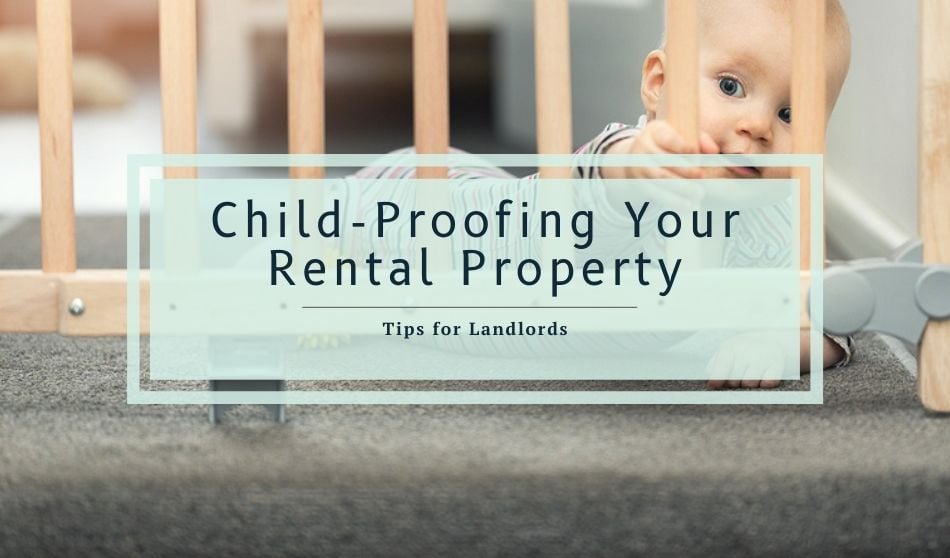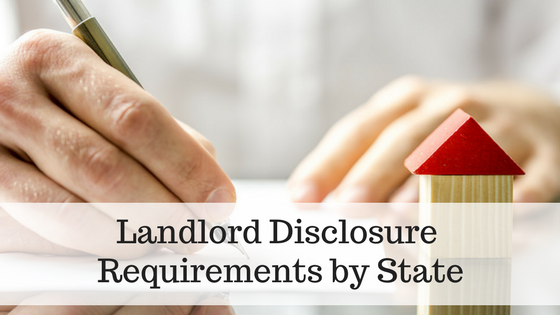
Except in the circumstance of senior-specific housing, federal fair housing regulations prevent landlords from refusing to rent to families with children.
While many landlords understand this, landlords who fail to fully understand the implications of this law can land themselves in legal trouble. Something as seemingly innocuous as suggesting a family with a toddler avoid renting an apartment on a higher floor (to prevent falls on stairwells) can be considered discriminatory.
Thankfully, proper child-proofing tools often do not require a large investment and can ensure that all tenants–down to the smallest–are safe during their tenancy.
Since landlords must assume that a child may inhabit their rental property, it is imperative to ensure proper child-proofing methods to prevent an accident for which the landlord may be held liable.
Child-Proofing Tips for Stairs:
For the safety of all ages, ensure that hand railings and balconies are sturdy and can withstand the force of a wayward child hanging on the rails, or an adult reaching for a railing after a slip. To further prevent an injury, ensure that communal or outdoor steps feature no-slip materials and pathways leading to the stairs are void of obstacles.
While most toddler and baby safety items have alternatives that do not require hard installation, remember that pressure-mounted gates may not prevent a young child from taking a tumble down the stairs.
For child-proofing needs on stairways inside a unit, consider allowing your tenants with very young children to install a baby gate (at their own expense) at the top of stairwells. It can be reasonable to ask that your tenants pay for repairs or repair any holes themselves during move-out, but vetoing the installation altogether can result in a liability waiting to happen.
Install Window Locks for Child Safety:
Secure window locks prevent an exploring young child from opening and tumbling out the window. Since even a fall from the ground floor can harm a small child, it is best to ensure that window latches are present on all windows within your property.
Child-proofing precautions are crucial for any windows on properties with higher-level floors where a fall can lead to severe injury or even death. In states such as New York, window guards must be installed in a building with 3 or more apartments if a child under 10 is in resident.
If your state does not legally require window guards, they are certainly a great option to prevent a tragedy from occurring on your property.
Smoke Detectors & Carbon Monoxide Detectors are Required Safety Measures:
Working alarms can be the difference between life and death for tenants, and–regardless of whether children are present on your property–you are legally obligated to ensure that these are working in proper order.
Be sure to test all smoke and carbon monoxide detectors when performing an on-site inspection. Tenants may be prone to disabling the detector when a false alarm occurs, and tired parents may be forgetful about replacing alarm batteries. Eliminate the potential for an unsafe situation by monitoring the efficacy of the alarms any time you are on the property.
Limit Liability for Pools & Fencing:
Fencing can be both a helpful safety tool or a safety hazard depending on how and where it is installed. For fencing that separates your property from high traffic or encompasses a resident pool, these guidelines can serve to ensure the best hazard prevention possible.
Be wary of chain-link fencing that will easily allow a child foothold. Unless slatting is installed, a chain-link fence should have a mesh size that does not exceed 1.25 inches. Child-proofed fencing for pools should be at least 4 feet high and have rails no more than four inches apart to prevent young children from easily climbing the barrier. Make sure to also check your local laws about providing the correct pool safety signage and consider educating your residents on proper pool safety.
In-unit Hazard Mitigation:
While a landlord or manager may have taken measures to ensure safety on the property outdoors and in common areas, everyday items can still pose a threat to a young baby or toddler. For families with very young children, it is reasonable to request that any baby-proofing methods be as damage-free as possible. Landlords and parents should be willing to work together to make compromises that both protect the child from harm and the property from damage.
For instance, suggest tenants use pressure-mounted gates in hallways and doorways rather than a hard installation. Request that tenants use locks on cupboards and doors that adhere to handles rather than those that are installed by a screw. For blinds and window coverings, consider installing cordless blinds to ensure safety and simplicity for all future tenants, or simply provide a small set of cord wraps to further prevent a strangulation hazard.
Final Thoughts:
Overall, remember that installations for child safety should be reviewed differently than other lease-breaking installations. An easily repaired hole in the wall from mounting a dresser can be worth the peace of mind, knowing your smallest tenants will be safe on your property. Unsurprisingly, many items or areas can pose a risk to the safety of a curious youngster, while these tips will certainly get you started, don’t forgo researching any child safety rules or guidelines for your area.
This article was originally published in Jan 2018 and has since been updated.







Great detail!
Thanks, Dede! Glad it was helpful.
can landlord charge me for removal of child safety lock from the cupboard and drawer
If the child safety lock wasn’t there when you moved in, and you added it during your tenancy, then yes, a landlord can charge you to remove the child safety devices, in order to restore the property to it’s move-in condition, per your lease agreement.
Thank you for the great tips in your article.